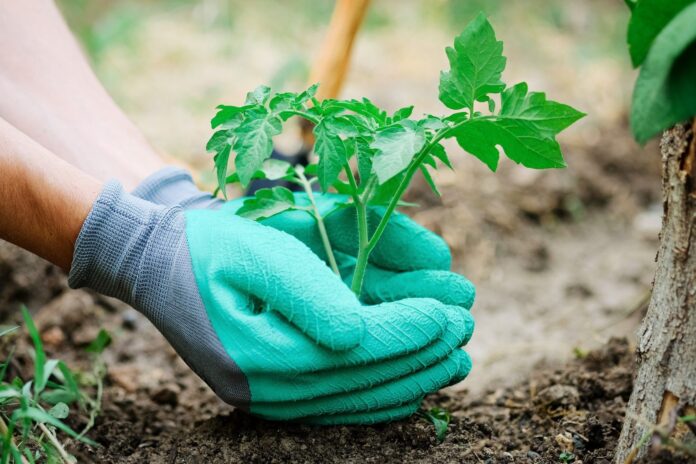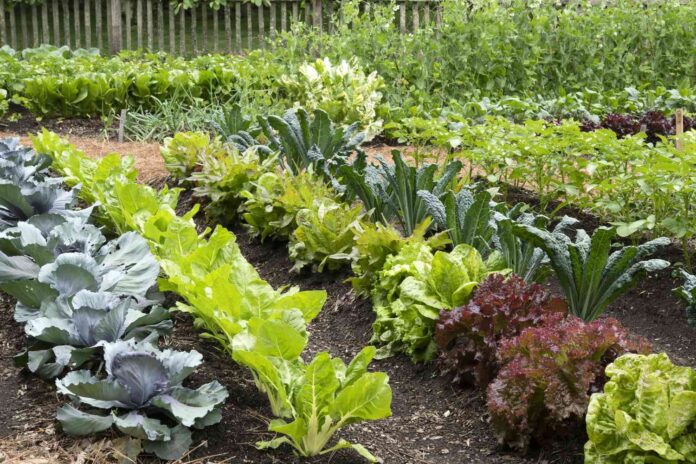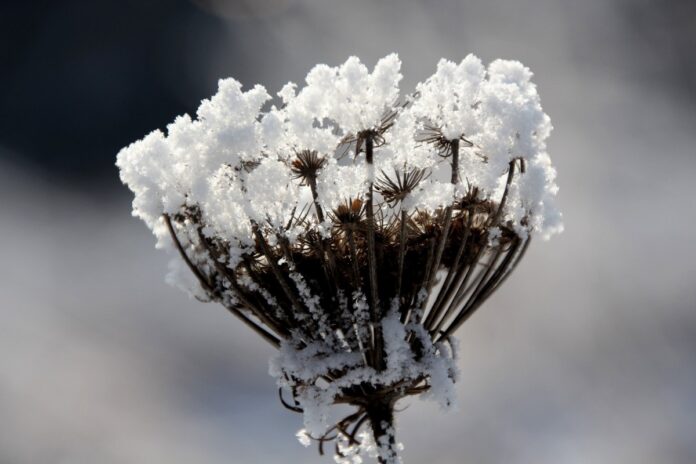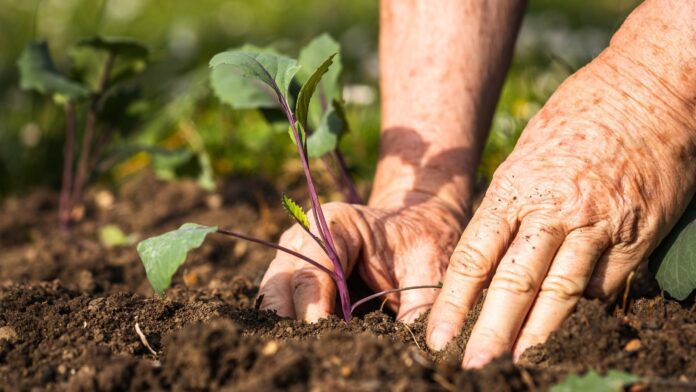Gardening feels like a mix of science, art, and pure luck. Sometimes, you plant something, and it thrives. Other times, you give it everything, and it still withers like a bad stock investment. After years of trial and error, I have found that success comes down to knowing what thrives when. Let’s break it down so you never feel lost again.
Making the Most of Your Outdoor Space
Creating a garden that thrives in fluctuating temperatures takes expertise. Whether you’re dealing with unpredictable frost or extended dry spells, a well-designed landscape makes all the difference.
Beyond aesthetics, proper landscaping adds value to your property. It enhances curb appeal, improves functionality, and creates a space that you can enjoy throughout the year. Companies in Calgary that specialize in this understand the local climate and can help you build an outdoor space that flourishes year-round.
They can help design low-maintenance gardens or lush, dynamic spaces that evolve with the seasons. Whether it’s hardscaping, irrigation planning, or selecting resilient plant varieties, having expert insight takes the guesswork out of gardening.
Spring: When the Garden Wakes Up

Spring feels like the stock market after a recession—everything bounces back, and optimism fills the air. It’s a season of renewal, a time when nature stretches after its winter slumber and gets to work. If you want a garden that bursts into life, you need the right foundation.
The soil is still waking up from the cold, so preparation is everything. Loosen compacted soil to help roots spread. Add compost for a nutrient boost, ensuring your plants get the fuel they need. Testing the pH of your soil now prevents disappointment later when plants fail to thrive due to imbalances.
When it comes to selecting the right flora, a few options never fail:
- Tulips & Daffodils – Reliable early bloomers that brighten any space with color and energy. Plant them in clusters for maximum impact.
- Lilacs – These shrubs fill the air with an intoxicating fragrance and require minimal upkeep once established.
- Peonies – Stunning, romantic blooms that last for years if given the right conditions. They need well-drained soil and plenty of sunlight.
- Vegetables – Crops like carrots, lettuce, and peas love the cool soil of early spring. Getting them in the ground now means an early harvest.
A common mistake is planting too soon. A late frost can erase all your hard work overnight. Check frost dates and stay patient. Overwatering is another trap—too much moisture drowns roots and encourages rot. Finally, don’t ignore weeds. If you let them take hold now, they’ll own your garden by summer.
Summer: The Peak Growth Period

By summer, the garden is in full production mode. Everything moves fast, and your role shifts from preparation to maintenance. Heat and long days bring growth but also challenges. Without the right strategies, plants can wilt under pressure.
Watering correctly makes all the difference. Morning watering prevents evaporation and allows roots to absorb moisture before the heat intensifies. Deep watering encourages stronger roots, helping plants withstand hot, dry spells. Shallow watering, on the other hand, weakens plants and makes them dependent on frequent hydration.
Mulching becomes your best friend. A layer of mulch locks in moisture, regulates soil temperature, and suppresses weeds. Use organic mulch like bark or straw to improve the soil as it breaks down over time.
Choosing the right flora for summer ensures a vibrant garden:
- Roses – Timeless and rewarding when pruned correctly, they thrive in warm conditions and reward effort with continuous blooms.
- Lavender – Loves dry conditions, requires little attention, and keeps mosquitoes away with its fragrant oils.
- Tomatoes & Peppers – Warmth-loving vegetables that need steady watering and support structures to prevent damage.
- Sunflowers – These towering giants add height and drama to any garden and attract pollinators like bees and butterflies.
Pest control becomes a concern as insects and diseases flourish in the heat. Encouraging beneficial insects like ladybugs helps keep aphid populations in check.
If pests take hold, natural solutions like neem oil or soapy water sprays work well. Marigolds act as natural repellents, deterring nematodes and other unwanted visitors.
Autumn: Prepping for the Cool-Down

Autumn is the transition period between the chaos of summer and the dormancy of winter. It’s the time to clean up, prepare, and get a head start on the next cycle. Many gardeners see it as an ending, but in reality, it’s the foundation of future success.
Some of the best planting happens now, especially for those who love early spring color. Bulbs, shrubs, and hardy perennials establish strong roots before winter sets in, giving them a head start for the following year. A few standout choices include:
- Mums – Hardy and colorful, perfect for fall gardens. They bring vibrancy when everything else fades.
- Pansies – Tolerant of cool temperatures, providing cheerful blooms late into the year.
- Garlic & Onions – Root vegetables that thrive underground and pop up strong in early spring.
- Trees & Shrubs – The cooler temperatures allow roots to establish without the stress of summer heat.
Other critical autumn tasks include cutting back spent flowers to prevent disease, raking leaves to avoid smothering grass, and dividing perennials to encourage healthier growth. Adding mulch now insulates roots against winter frost, helping plants survive harsh conditions.
Winter: Planning Ahead & Protecting Investments

Winter isn’t a time to abandon the garden. Even in the coldest months, some flora remains strong, providing color and structure against the bleak landscape. Evergreens, holly, and winterberry shrubs keep life in the garden, while hellebores even bloom in freezing temperatures.
Indoor gardening offers a way to keep greenery close. Herbs like basil and rosemary do well in kitchens, providing fresh flavors for cooking. Microgreens grow quickly and add nutrients to winter meals. Succulents bring a touch of nature indoors with minimal effort.
Protecting outdoor flora is essential. Delicate plants benefit from burlap wraps, which shield them from harsh winds and fluctuating temperatures.
Raised beds help prevent waterlogging, which can damage roots. Feeding birds keeps natural biodiversity in balance, ensuring they stick around to help with pest control in the warmer months.
Maximizing Small Spaces for Year-Round Color

Not everyone has sprawling yards, but even small spaces can become vibrant gardens. Container gardening allows flexibility, making it easy to rotate plants by season. Vertical gardening saves space while adding layers of texture. Choosing dwarf varieties of trees and shrubs ensures greenery without overcrowding.
Composting: The Secret Weapon for Healthy Soil
Healthy soil is the backbone of every successful garden. Composting enriches the soil with organic matter, improving its structure and nutrient content. Kitchen scraps like fruit peels and coffee grounds make excellent additions. Turning the compost pile regularly speeds up decomposition and prevents unpleasant odors.
Bringing It All Together
A successful garden doesn’t happen by chance. It’s about choosing flora that suits the climate, adjusting techniques for each season, and planning ahead to maximize success. No matter how much or little space you have, every yard can transform into something spectacular with the right choices. Happy gardening!







